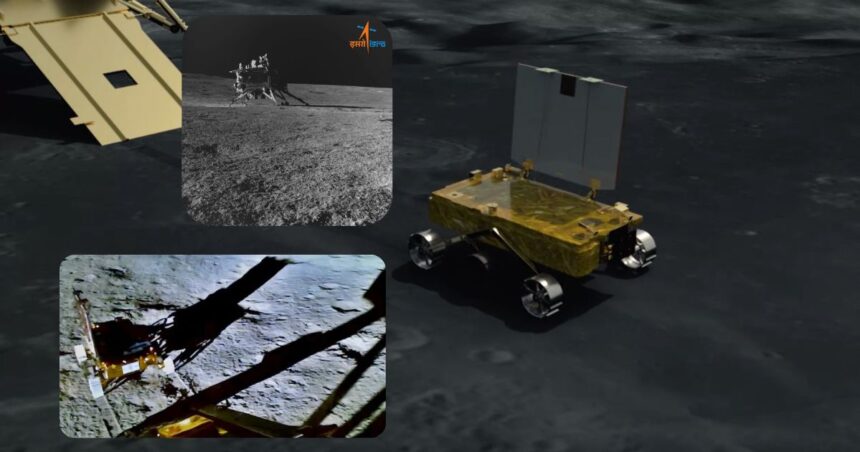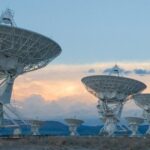India’s biggest mission, Chandrayaan-3’s Pragyan rover, unintentionally discovered one of the oldest craters on the Moon. Pragyan rover landed on an unknown crater, and it is believed to be one of the oldest on the Moon. This marks an important milestone in lunar exploration and Chandrayaan-3.
About Chandrayaan-3
Chandrayaan-3 was launched on July 14, 2023, and it successfully launched and successfully smoothly landed on the Moon on August 23, 2023. After landing on the Moon, it explored the lunar surface and sent valuable data back to Earth. The mission’s primary aim was to explore the south pole of the lunar surface and gather information about its composition.
After almost one year, on September 23, 2024, scientists discovered that the Pragyan rover had landed in a crater that crater is believed to be one of the oldest on the Moon, dating back billions of years. Scientists had just noticed that crater. The rover’s name is based on a Sanskrit word which means ‘wisdom’.
Pragyan Rover
The Pragyan rover is equipped with advanced instruments to analyze the lunar surface. It has a stereoscopic camera for 3D vision, which helps navigate the Moon’s rough surface. The rover also includes an Laser Induced Breakdown Spectroscope (LIBS) and an Alpha Particle X-ray Spectrometer (APXS). These instruments are used to study the elemental composition of the Moon.
The Pragyan rover landed in a crater that was about 4 meters in diameter. It is located near the lunar south pole, a region of great interest to scientists. The south pole is believed to contain water ice, which could be important for future lunar missions. The discovery of this ancient crater could provide new information about the Moon’s history and its geological processes.
The Pragyan rover’s mission is not only about exploring the Moon’s surface but also aims to demonstrate new technologies for future space missions. The rover is designed to operate for one lunar day; it is about 14 Earth days on Earth. Solar panels power it and have a sleep-wake cycle to conserve energy.
The data collected by the Pragyan rover is being analyzed by scientists at the Indian Space Research Organisation (ISRO). They are studying the composition of the lunar soil and rocks to understand the Moon’s history better. The discovery of the ancient crater could help scientists learn more about the early solar system and the processes that shaped the Moon.
Challenges faced by Pragyan rover
The Pragyan rover’s journey has been challenging. The lunar surface is rough and uneven, making navigation difficult. However, the rover’s advanced navigation system has helped it overcome these obstacles. The rover’s six wheels are designed to handle the rough terrain, and its rocker-bogie suspension system ensures stability.
The discovery of the ancient crater is the success of the Chandrayaan-3 mission. It highlights the importance of continued lunar exploration and the potential for new discoveries. The Pragyan rover’s findings could pave the way for future missions to the Moon and beyond.
The Chandrayaan-3 mission is a follow-up to the Chandrayaan-2 mission, which faced challenges and failed during its landing. The success of Chandrayaan-3 and the Pragyan rover’s discoveries have boosted India’s position in the global space community. It demonstrates India’s growing capabilities in space exploration and its commitment to advancing scientific knowledge.
The Pragyan rover’s discovery of the ancient crater is a significant achievement for ISRO and the global scientific community. It opens up new possibilities for understanding the Moon’s history and its potential for future exploration. The data collected by the rover will be invaluable for future missions and could help scientists unlock the secrets of the Moon.




